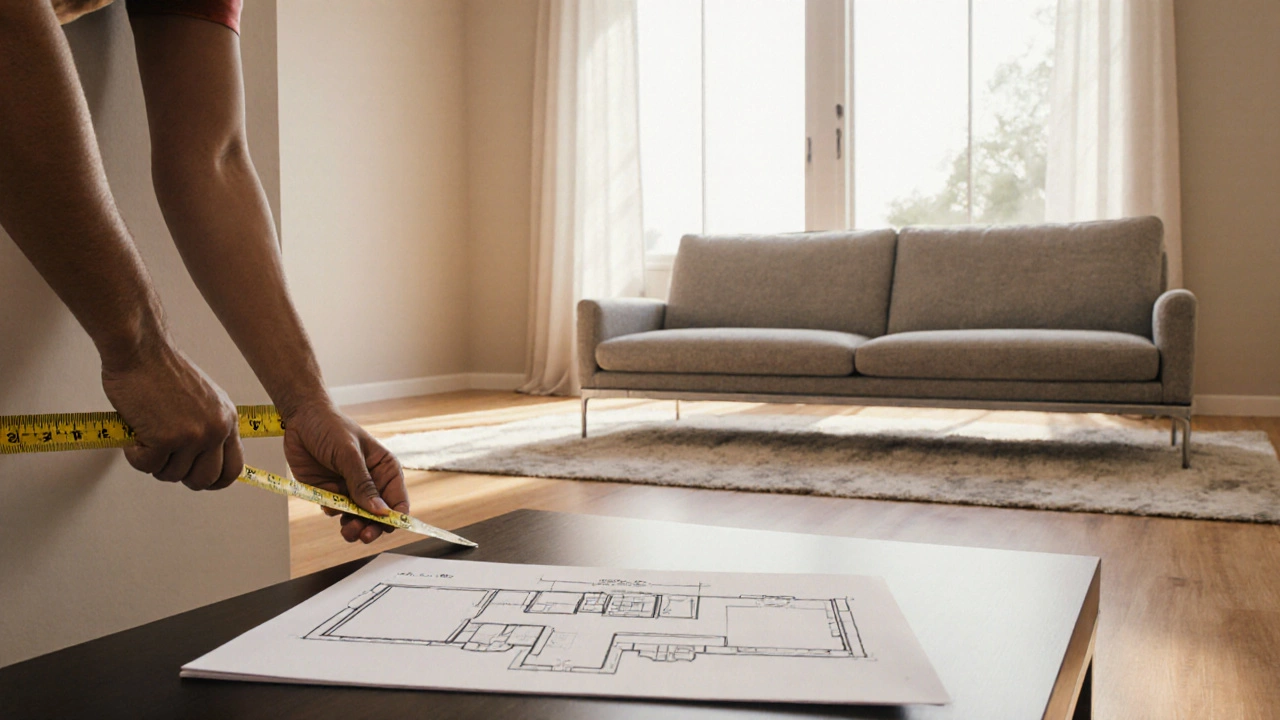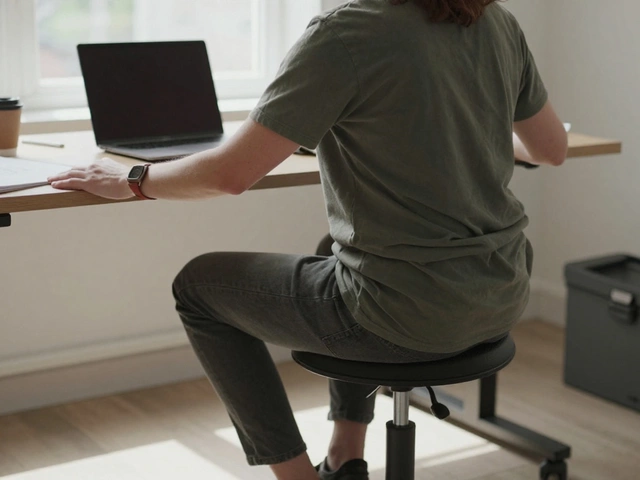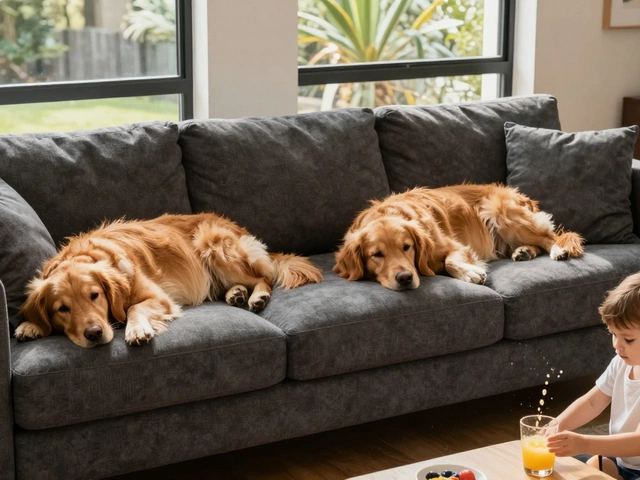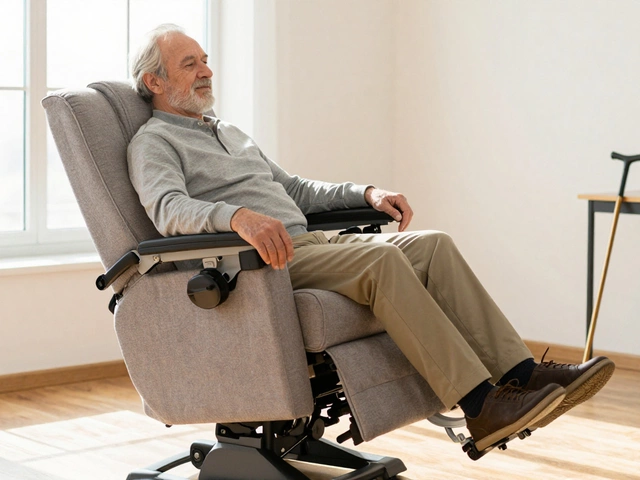Studio Sofa Bed Ideas, Benefits & Buying Guide
When planning a studio sofa bed, a compact, convertible seating piece that folds into a sleeping surface for tight living areas. Also known as studio sleeper, it lets you keep a bedroom‑grade rest without dedicating a separate room.
At its core, a sofa bed, the main component that transforms from couch to mattress offers the same comfort as a regular sofa while providing a full‑size sleep zone. Many designers pair it with a daybed, a low‑profile lounge that can double as a guest bed to create layered seating that doesn’t crowd the floor. Both pieces fall under multifunctional furniture, items built to serve two or more purposes in one footprint, a key factor for studios where every square foot counts.
Why Space‑Saving Furniture Matters in a Studio
Living in a studio means you’re constantly juggling sleeping, lounging, and working zones. Space‑saving furniture, designs that collapse, fold, or hide when not in use resolves this clash by letting you shift from day to night mode in seconds. A well‑chosen studio sofa bed can replace a full‑size mattress, a separate couch, and even a storage chest if it features hidden compartments. This reduces clutter, improves airflow, and makes cleaning easier—all while keeping the aesthetic clean.
Choosing the right model hinges on three attributes: frame material, mattress type, and conversion mechanism. Hardwood frames deliver durability and prevent sagging, while metal frames stay lightweight for easy moving. Memory‑foam mattresses give a mattress‑like feel but add weight; innerspring options stay thin and breathable. The conversion style—pull‑out, click‑clack, or fold‑out—determines how much effort you’ll need each night. Understanding these details helps you match the sofa bed to your lifestyle.
Health‑wise, sleeping on a sofa bed nightly can be fine if the mattress offers proper spinal support. Studies show that high‑density foam or pocket‑coil mattresses keep the spine aligned just like a regular bed. However, low‑quality spring‑type pull‑out beds often lack the firmness needed for long‑term use, leading to back discomfort. Pair your studio sofa bed with a protective mattress topper and rotate the sleeping side regularly to extend its lifespan.
From a design perspective, color and upholstery play a big role in making a studio feel larger. Light‑neutral fabrics reflect more light, creating an illusion of space, while darker tones add coziness without shrinking the room if balanced with wall‑mounted lighting. Textured upholstery—like linen or woven blends—adds visual interest without overwhelming the layout. If you love bold looks, consider a reversible cover so you can switch styles seasonally.
Many homeowners underestimate the storage potential built into sofa beds. Look for models with hidden drawers under the seat or a lift‑up base that reveals a closet‑sized compartment. This extra space is perfect for bedding, extra pillows, or even seasonal decor. By consolidating storage, you free up floor space for a small work desk or a compact dining set.
When arranging the room, keep traffic flow in mind. Place the sofa bed against a solid wall to maximize stability while the pull‑out mattress slides out smoothly. If you have a window, align the back of the sofa with it to enjoy natural light while lounging. Adding a slim side table or a wall‑mounted shelf can create a mini‑nightstand without adding bulk.
Maintenance is simple but essential. Vacuum fabric weekly to prevent dust buildup, and rotate the mattress every three months. For leather finishes, use a dedicated cleaner and avoid harsh chemicals that can crack the surface. If you notice sagging, tighten any loose bolts on the frame and consider swapping the mattress for a higher‑density option.
Below you’ll find a curated list of articles that dive deeper into each of these topics—everything from health impacts and mattress choices to storage hacks and style trends. Whether you’re buying your first studio sofa bed or looking to upgrade an existing piece, the insights ahead will help you make an informed, confident decision.
Best Sofa Bed Placement Guide - Where to Put a Sofa Bed
Discover the optimal spot for your sofa bed with practical tips, placement options, and a step‑by‑step guide for living rooms, studios, and bedrooms.





